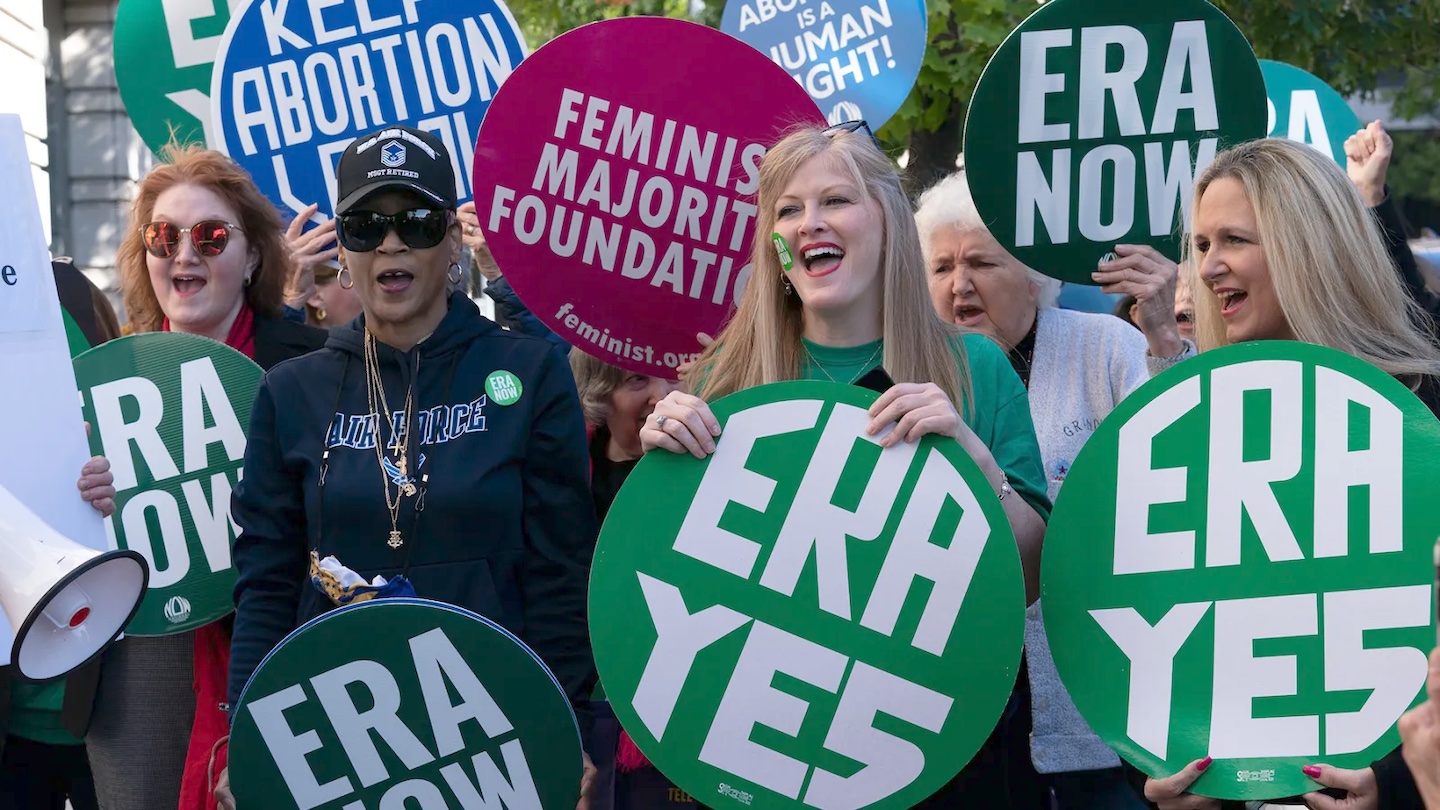|
What Comes Next for the Equal Rights Amendment?
|
|
|
 Sept. 3, 2024 | EQUALITY | The Equal Rights Ammendment (ERA) has not yet been formally recognized as a part of the U.S. Constitution despite the fact that three-fourths of U.S. states have ratified it. Shortly after the 19th Amendment was ratified in 1920, first-wave feminist leaders turned their attention to the next big project: the ERA. First proposed in 1923, the ERA is a constitutional amendment that, if formally recognized as the 28th Amendment, would make sex-based equality explicit in the U.S. Constitution for the first time. It would prohibit discrimination “on account of sex,” including discrimination against people of all genders. By giving Congress the power to enforce, by appropriate legislation, the amendment’s provisions, the ERA would empower the legislative branch to strengthen legal protections against sex discrimination in areas including gender-based violence, education, the workplace, and access to reproductive health care. Learn more at The American Progress. PHOTO: JOSE LUIS MAGANA/AP Sept. 3, 2024 | EQUALITY | The Equal Rights Ammendment (ERA) has not yet been formally recognized as a part of the U.S. Constitution despite the fact that three-fourths of U.S. states have ratified it. Shortly after the 19th Amendment was ratified in 1920, first-wave feminist leaders turned their attention to the next big project: the ERA. First proposed in 1923, the ERA is a constitutional amendment that, if formally recognized as the 28th Amendment, would make sex-based equality explicit in the U.S. Constitution for the first time. It would prohibit discrimination “on account of sex,” including discrimination against people of all genders. By giving Congress the power to enforce, by appropriate legislation, the amendment’s provisions, the ERA would empower the legislative branch to strengthen legal protections against sex discrimination in areas including gender-based violence, education, the workplace, and access to reproductive health care. Learn more at The American Progress. PHOTO: JOSE LUIS MAGANA/AP
|
|
|
|